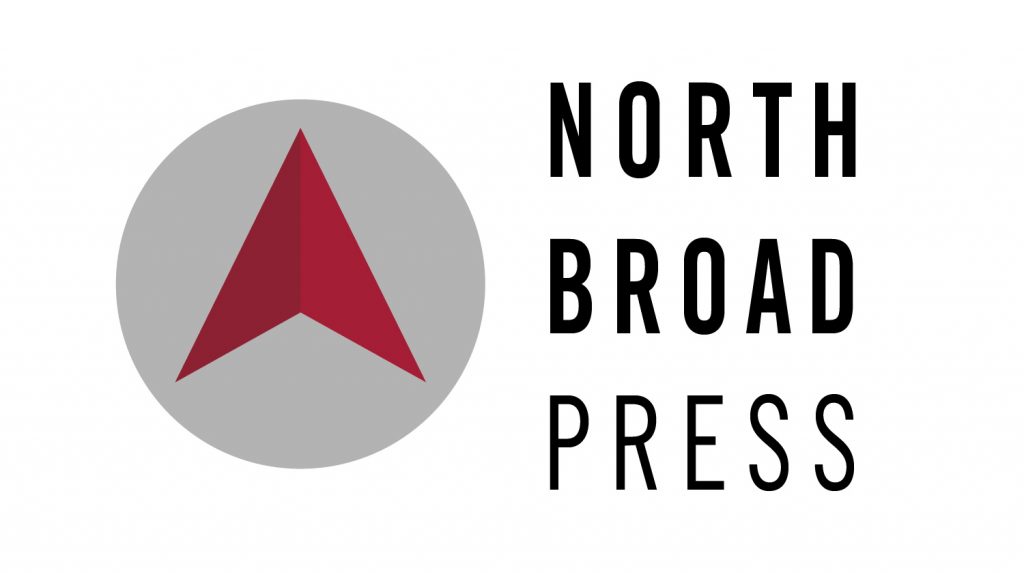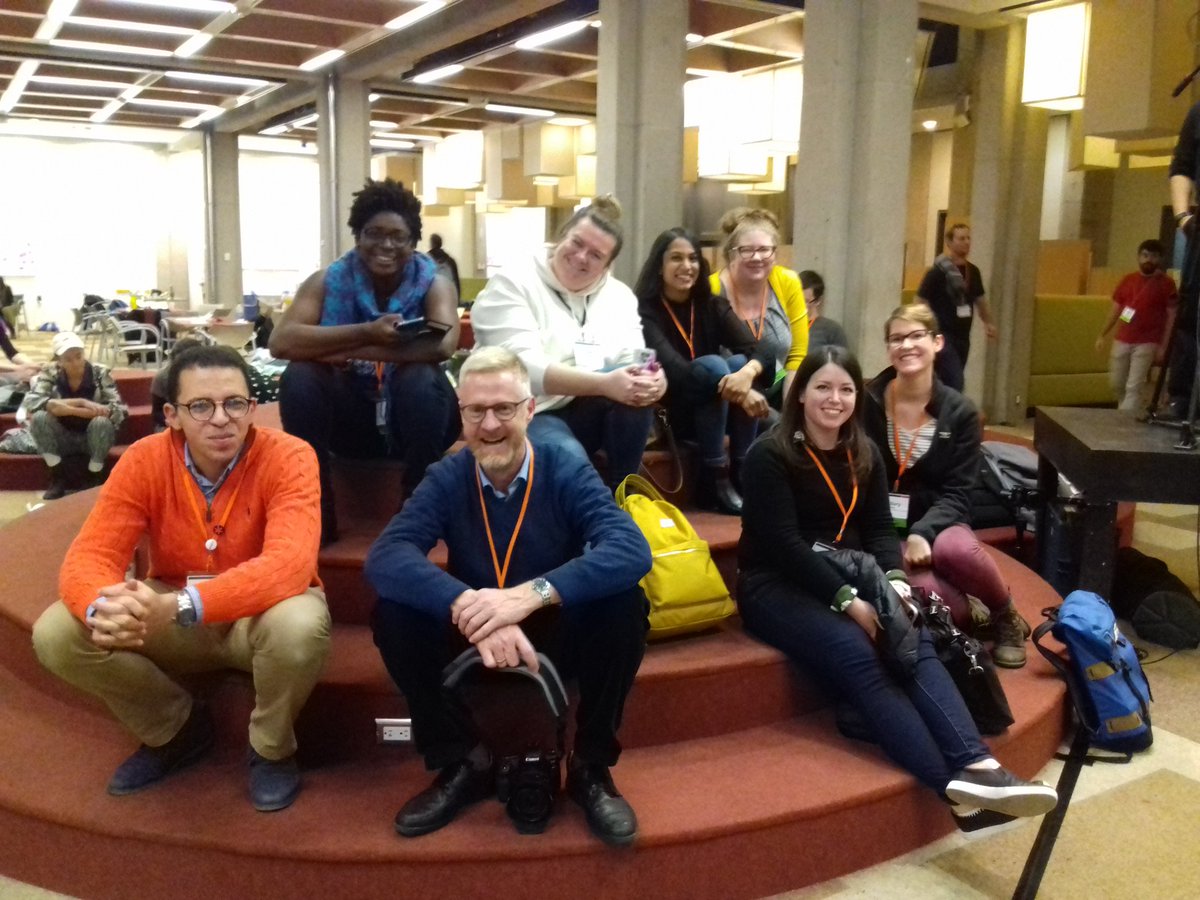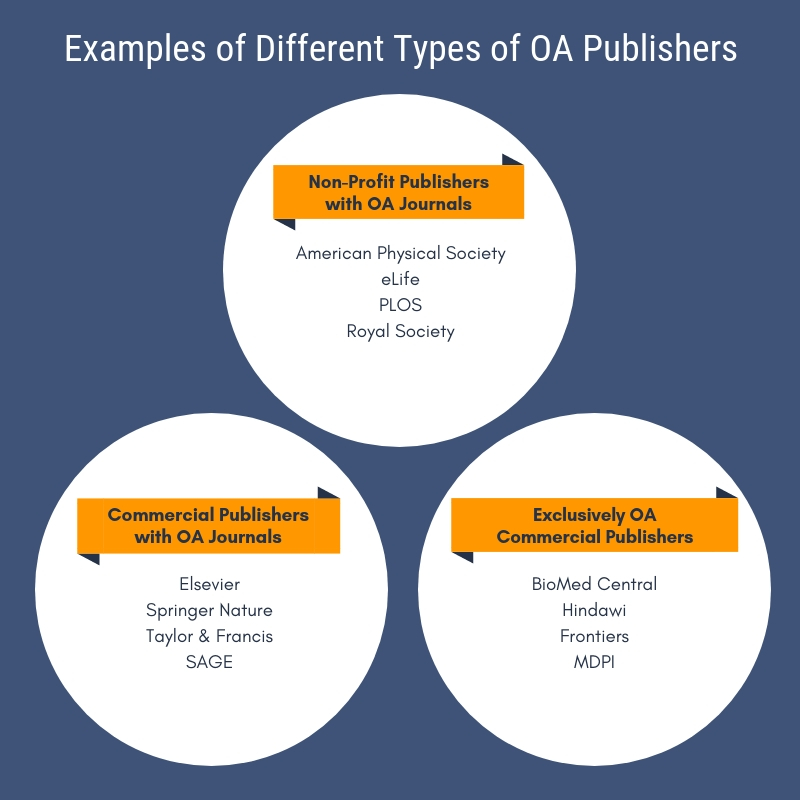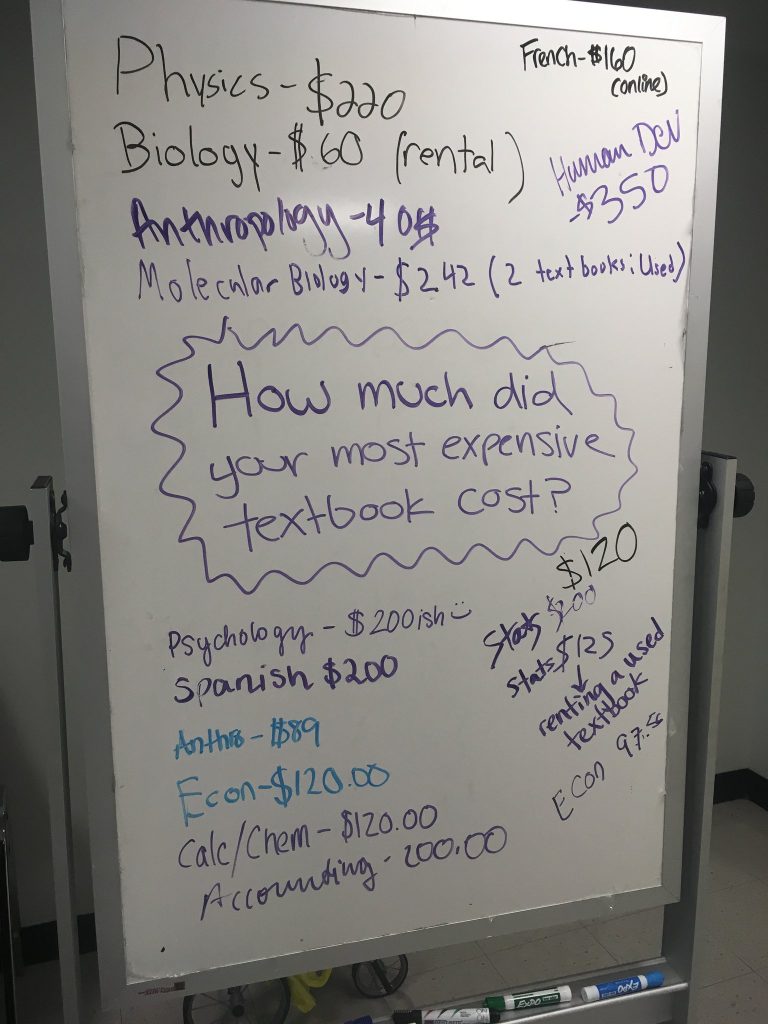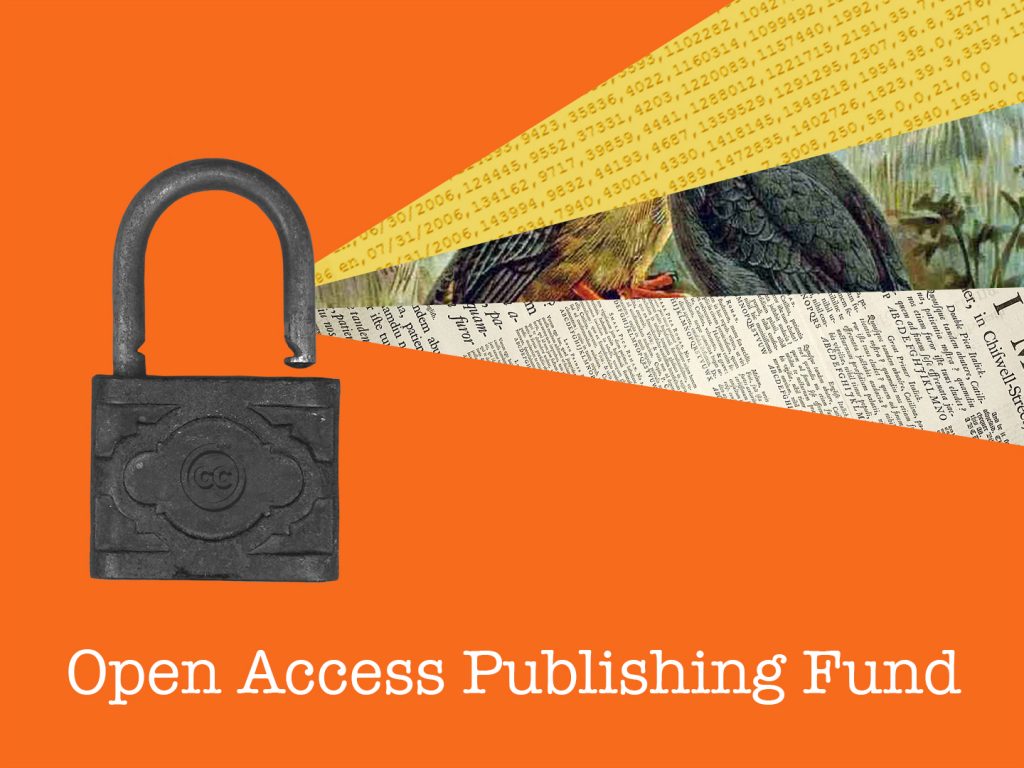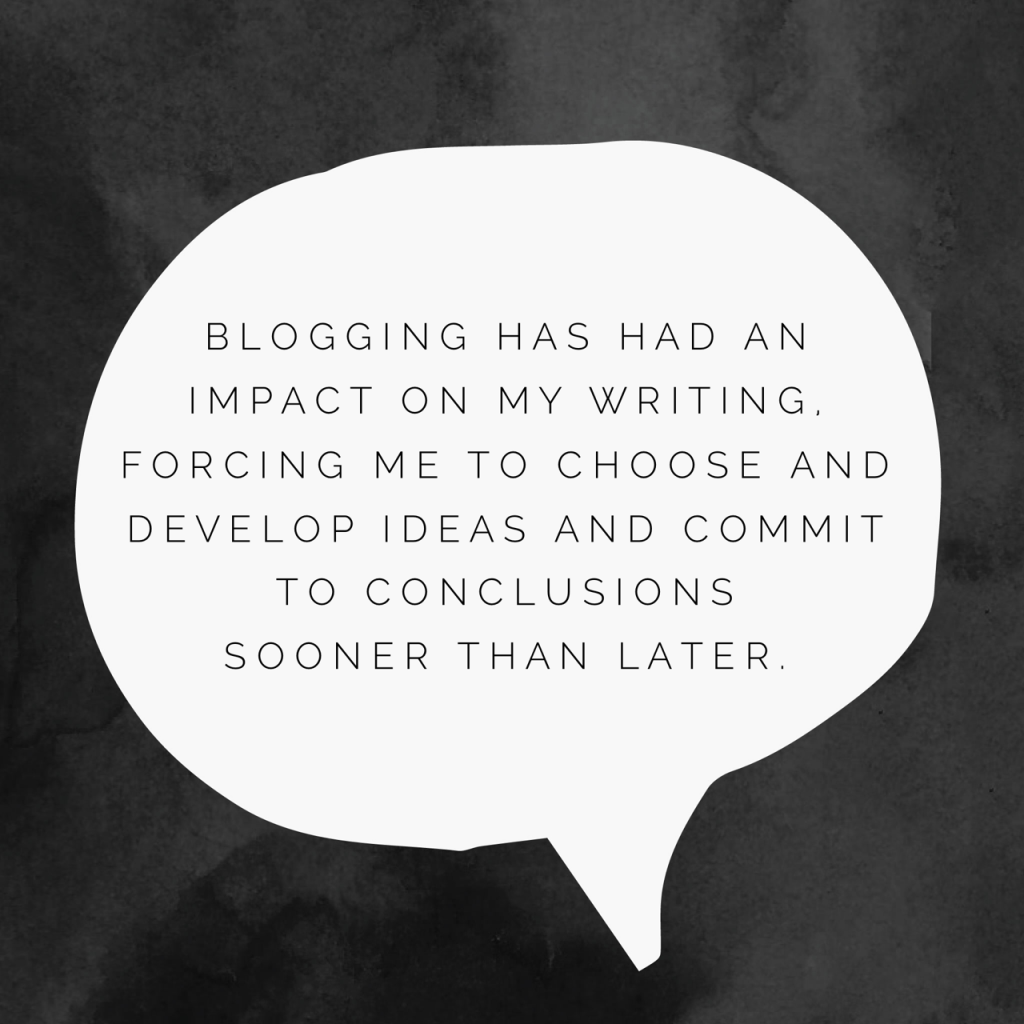
Photo by Brandi Redd on Unsplash.
The following is a guest post from Aaron Javsicas, Temple University Press Editor-in-Chief.
“It depends.” That’s my advice for first time book authors. Maybe it doesn’t sound terribly helpful, but it’s true (and I do try not to leave it there). It depends who the author is and what her goals are. It depends who the press is and what its strengths are. It depends who the intended reader is.
Roughly speaking, book publishing is divided in two main categories: academic and trade. There are many shades in between these two poles, and also other categories — professional books, for example — that tend to fall outside this binary. But these are the main ones. Academic books include research monographs written for a relatively small audience of specialists, textbooks for course adoption, and books by academics that advance scholarship but are also written in an accessible, expansive way which can make them useful for upper level undergraduate courses and some general readers. “Trade books” means general interest books; these could be fiction or nonfiction, but they are aimed squarely at the general public.
Keeping the likely audience for the “Scholarly Communication @ Temple” blog in mind (see “audience,” below), my comments here apply mainly to academic book authors seeking an academic publisher.
Audience: Speaking of audience (see above), it’s important to decide who you think will really read your book. It’s not uncommon for scholars to believe their books will attract a wide readership beyond the academy, and to pitch their projects to editors in these terms. It’s certainly possible! And I would never discourage authors from seeking wider audiences — writing to be read is a good thing. But at the same time, targeting your core audience is crucial, and being realistic about this audience tends to build your credibility with editors considering your project. In your proposal, I recommend you identify your book’s primary audience and explain why you see it that way, and then describe and argue (with evidence) for any secondary audiences.
Main point: What is your main point? What questions are you asking? What arguments are you making? This probably all sounds painfully obvious. But I promise you, it is often painfully missing. Or buried on page 9 of the proposal. Try to wave a flag, right at the top of your proposal, making crystal clear what the purpose of your book is. This will go a long way toward smoothing your path with editors, peer reviewers, editorial boards, and even, when the time comes, marketing and publicity staff.
Short and long description: Related to this, editors and other press staff will very much appreciate it if you’re able to provide a brief, one paragraph capsule description right at the top of your proposal, before you get into your more in-depth project overview. Especially at this early stage, it’s helpful for press staff to have a short description easily at hand as they pass the project around within the office for initial feedback.
Method: What kind of evidence will you marshal to support your claims? Again, this is an obvious one, but it’s also an opportunity to shine. Academic editors tend to be fairly knowledgeable, and if you have used an interesting experimental design, or if you have generated a creative data set, or if you have managed to land an impressive batch of interviews or gain access to an important but under-used archive, make sure to highlight these and describe what’s special about them.
Approaching an editor: Just as it’s important to know your likely readership, it’s also important to approach presses that are most likely to be interested in your work. Not all presses publish in all disciplines. Ask colleagues in your field about their experiences with different presses. Look at your bookshelf and see which presses appear there most. Consult the AU Presses Subject Grid. Check out presses’ websites and look for the page that describes each editor’s list areas. Then, once you’ve identified the right editors, it’s ok to send a short initial inquiry via email to confirm whether your topic is of interest. Or, you can just go ahead and email your proposal. Hopefully you’ll hear back shortly.
Marketing: Will you be an active author on the sales and marketing front? What can you do to help sell the book? What mailing lists can you access or help the press access? Are you prepared to appear at book signings, to deliver lectures, and to promote the book at conferences as opportunities arise? Are you open to appearing on TV and podcasts, writing op-eds, and sitting for radio interviews, and do you have connections that can help make this happen? If the book is appropriate for classroom adoption, which specific course titles should sales and marketing staff target? Do you know specific instructors who you believe will adopt the book? An active author can make an enormous difference to book sales, so publishers will be interested to see what you can offer along these lines. I strongly suggest highlighting this in your proposal.
Best foot forward: You don’t have to be finished when you approach an editor. Editors expect see drafts, not a finished product. That said, it’s important to put effort into making your proposal and draft chapters as appealing and easy to read as possible. If you’re converting a published article into a book chapter, go ahead and convert it before you submit your project — don’t, for example, leave the article abstract at the top of the chapter. Get rid of typos from your proposal. More broadly, try to put yourself in the editor’s shoes, be respectful of his or her time, and make reading the proposal the smoothest and most enjoyable experience possible (see “short description” above).
Multiple submissions: If you’re going to submit to multiple presses, be transparent about it. Some presses require an exclusive first look, some don’t. But all will want you to be transparent about your plans.
Physical details: Have a sense of the physical properties of your book – what is the word count (including everything — main text, notes, bibliography, etc. — except for the index, which comes later and can’t be counted yet). Generally speaking, publishers think in terms of word counts, not manuscript page counts. How many illustrations will you include? Is black and white ok? Will your project need any special treatment from the production department – an unusual trim size, text set in a specific way, colors or symbols to avoid on the cover? All of these details can affect how much the book costs to make and for readers to buy, and are therefore important for the publisher to know.
Book publishers are busy people. So are authors. But the more effort you put into these initial stages of the project, the easier and more enjoyable the publishing process should be for all involved, including you. And always keep in mind that publishers want to publish books. We like books, we need books, and we don’t enjoy saying no to books. But we do need a clear reason to go forward with your book.
